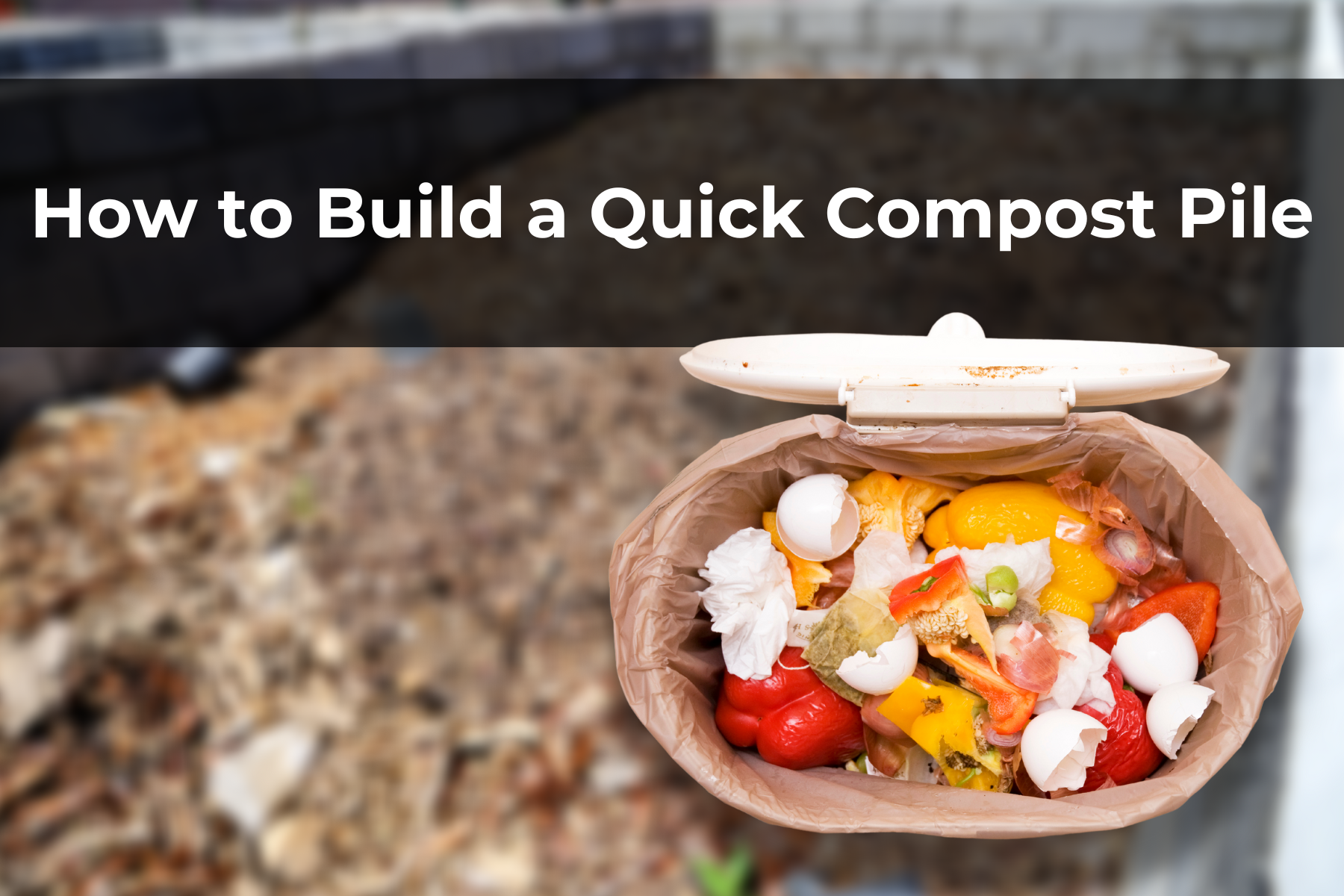Last Updated on April 16, 2024 by Real Men Sow
If you love gardening, composting is a great way to reuse your organic waste. You should regularly build quick compost piles, but when you need to build one then here are a few tips that will help you get the job done quickly.
Tips for a Quick Compost
- Quickly build your pile to a size of approximately 4’x4’x4′, and add all of the organic material from both inside and outside.
- Make the process faster, and keep the ingredients as small as possible.
- To build your feedstock quicker, you should look for additional ingredients (coffee shop ground and vegetable culls at the produce section are my favorite ways to do this quickly).
- Look for someone who raises rabbits or chickens and offers to provide bedding. This is a great way to get nitrogen and carbon.
- Mix the ingredients well and spray water after each use.
When is Compost Ready to Use?
Once all carbon sources have been exhausted, the composting process continues. Although you will not be able to tell when it happens, you can assume that compost is ready for use once these two events have occurred.
Can’t Recognize the Original Ingredients
It should smell and look rich and earthy and not have any offensive or distinctive odors. This alone is not enough to determine the quality of the compost. This stage can be reached by ingredients during composting before they reach stability.
The core of Compost Ingredients is at Ambient Temperature
Even after being turned and ensuring that sufficient moisture has been present. A pile may smell and look earthy if it has sufficient moisture. To determine if compost has stabilized, turn the pile once more while making sure it has enough moisture. After about a day, check the temperature again. If your reading is within the range of ambient temperature, you can use your compost.
If you are a patient gardener, allowing your compost to rest for a few more months can provide additional benefits, including beneficial microorganisms that fight disease and humus, which is the star ingredient in compost.
Where to Place Your Compost Pile
Most people believe that a sunny spot is the best place to put their compost bin or pile. Heat is an important part of active, living compost piles. While it is a good idea, it doesn’t explain why compost gets so hot. With internal core temperatures of 150°F, shady areas work just as well.
The heat that is produced and released during active composting is directly proportional to billions of microorganisms that are constantly moving around and consuming and breaking down organic matter. If you have the right ingredients, even a new pile, you might notice a temperature increase within hours. This is because microbial activity begins to occur. Hot piles are a good indicator that active composting is taking place.
The temperature of the composting material will rise to 120-150°F in the first few weeks. This temperature will remain for several weeks as it undergoes active composting. Temperatures gradually drop to 110 as decomposition progresses and eventually to the ambient temperature.

